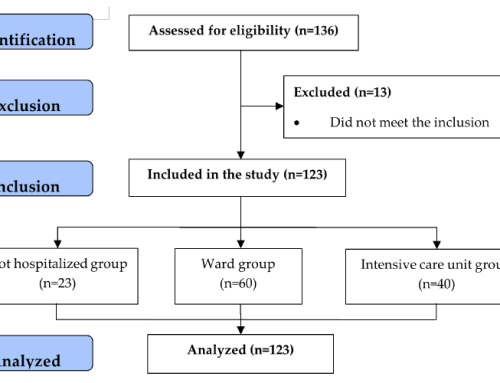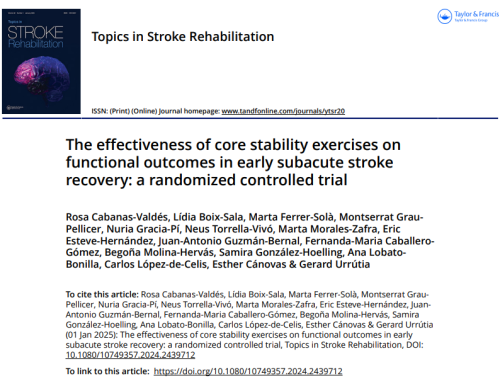Article: Autologous Cultured Bone Marrow-Derived Mesenchymal Stem Cells in a Fibrin Spray to Treat Venous Ulcers: A Randomized Controlled Double-Blind Pilot Study.
Coauthors: Falanga V, Grada A, Otero-Vinas M, Lin X, Yufit T, Fiore D, Carson P.
Abstract:
Objectives: We treated a small cohort of venous ulcers that were very unresponsive to standard and advanced therapies with autologous cultured bone marrow-derived mesenchymal stem cells (MSCs).
Methods and results: This pilot clinical trial was randomized, controlled, and double-blinded. Subjects were treated with either normal saline (Group A), fibrin spray alone (Group B), or MSCs in fibrin (1 million cells/cm2 of wound bed surface) (Group C). The control and test materials were applied to the wound using a double-barreled syringe with thrombin and fibrinogen (with or without MSCs) in each barrel, or saline alone in both barrels. The MSCs were separated, cultured in vitro, and expanded in a dedicated Good Manufacturing Practice (GMP) facility from 30-50 ml of bone marrow aspirate obtained from the iliac crest in Group C subjects. To ensure that the study remained controlled and blinded, subjects who were randomized to one of the two control arms (saline or fibrin) underwent sham bone marrow aspiration performed by a hematologist who anesthetized the iliac crest area down to and pushing against the periosteum, but without penetrating the bone marrow. Therefore, both the clinician who evaluated wound progress and the study subjects had no knowledge of whether bone aspiration was actually performed and what treatment had been applied to the wound. The study was performed after full FDA investigational new drug (IND) approval. The primary endpoint was the rate of healing (wound closure as linear healing from the wound margins in cm/week), as measured by the Gilman equation. One-way ANOVA was used to calculate the statistical significance of differences between the mean healing rates of each of the 3 treatment groups every 4 weeks and over the 24 weeks of treatment.
Conclusions: Overall, treatment with MSCs accelerated the healing rate by about 10-fold compared to those in the saline and fibrin control groups. Although the total number of patients in this pilot study was small (n=11), the statistical significance was surprisingly promising: p<0.01 and f-ratio of 15.9358. No serious adverse events were noted. This small but carefully performed prospective, controlled, randomized, and double-blinded pilot study in a rare population of totally unresponsive patients adds to previous reports showing the promise of MSCs in the treatment of chronic wounds and provides proof of principle for how to approach this type of very demanding clinical and translational research.












Enhorabona Marta per la publicació, bona estratègia terapèutica amb MSCs!